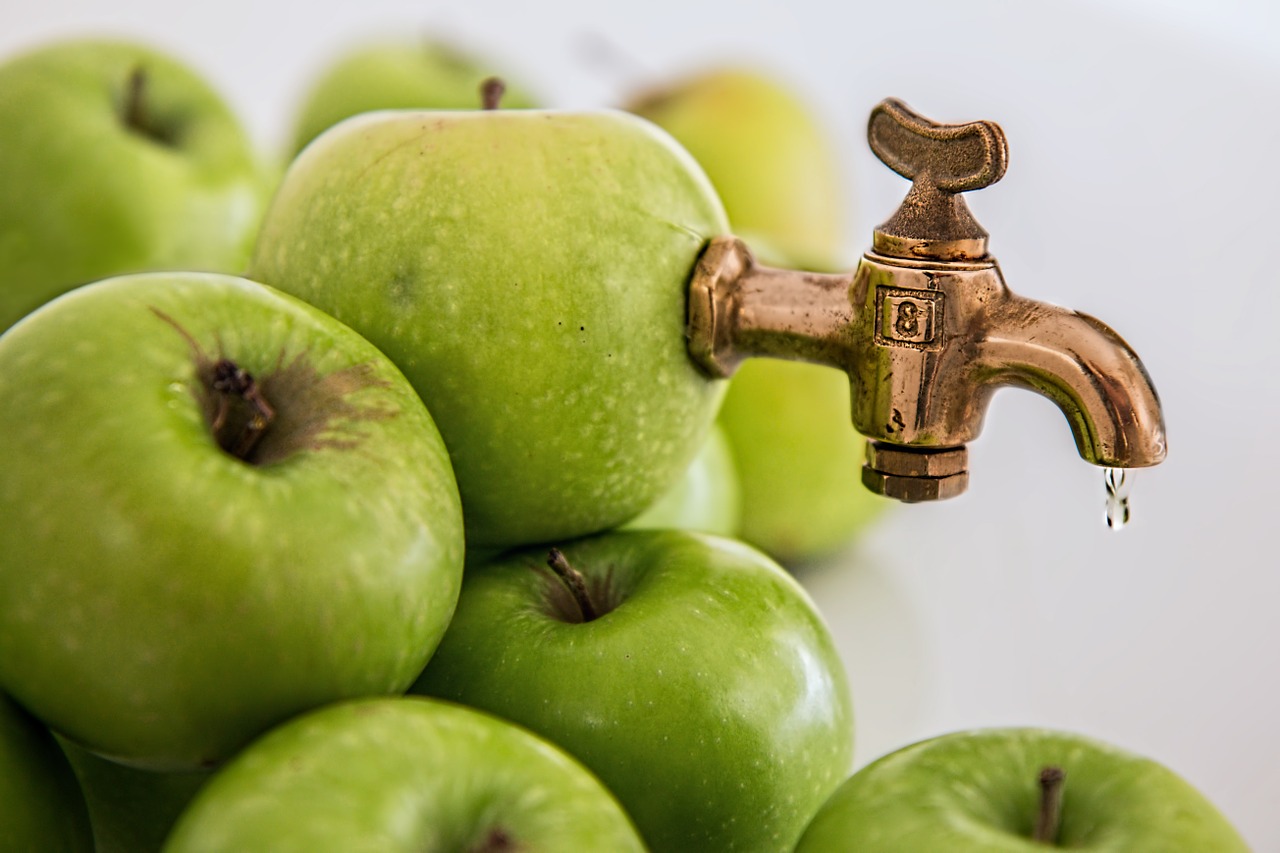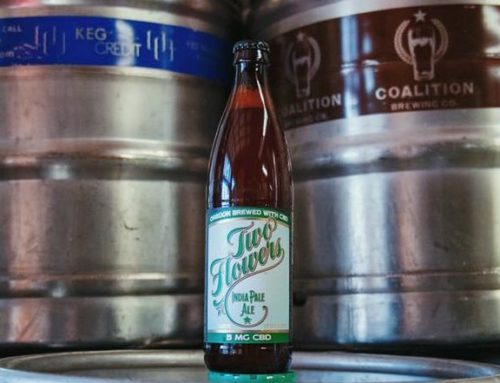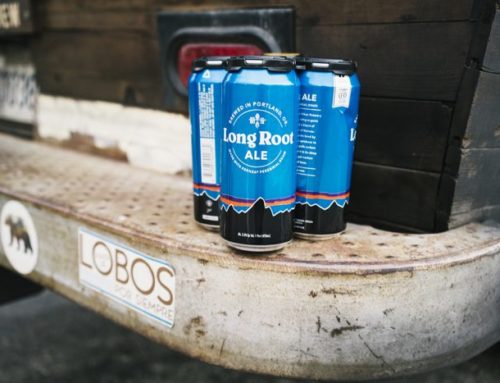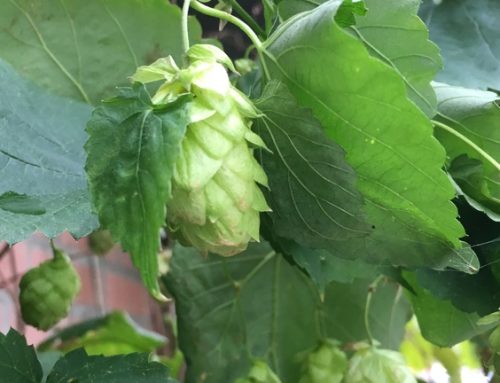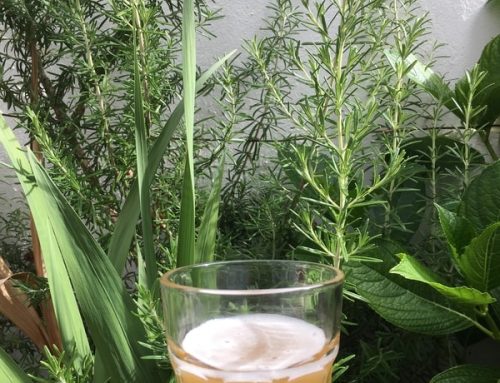At its most basic, cider is just alcoholic apple juice. But as any craft cider lover will tell you, there’s a whole lot more to it than that. If you’re just getting into cider, here are the basics.
It’s Been Around For Awhile
Cider has a long history. According to The Drunken Botanist, the Romans found cider when they invaded England in 55 B.C. Residents of what we now know as England, France, and Spain perfected the art of cider brewing, and cider continues to be most popular in the United Kingdom.
Cider apples were usually apples that were too bitter or damaged to eat, and no one kept track of which apple cultivars went into their cider. Over time, orchardists bred specific apple varieties, leading to the refined ciders of Normandy and other popular European styles. Now, cider makers pick and choose their apples to create specific styles. Historically speaking, cider is strictly from apples, although this is changing as craft cider becomes more popular.
The Pressing and the Process
To make cider, brewers press the fruit in a cider press to extract its juice, which they will then ferment. The fermenting process is what makes cider into cider, not juice. In America, some non-alcoholic pressed apple juice is referred to as cider, such as holiday spiced ciders, but not in Europe.
Before pressing, the brewer washes the apples and then mills them down into “pomace,” a mixture of roughly ground apples that will go into the press. A cider press is basically a cylinder and piston set up. The pomace goes in the cylinder, and the piston presses down into the cylinder, forcing the juice out from the apples. Fun fact: the largest cider press in the world is in Indiana. It features a 30-foot long, 30-inch square white oak beam, powered by a massive oak screw. It was built in the 1860’s and it still works!
After pressing, the juice goes into a sterilized container to ferment, with either wild or added yeasts. If added yeasts are used, brewers will usually treat the juice with sulfites to inhibit the wild yeast. At that point, it ferments for several weeks before going into bottles or kegs for consumption.
How Sweet is Semi-Sweet?
Cider comes in a variety of styles, which can help a lot when reading a tap list or picking a bottle at the store. Each style refers to the amount of sugar left over after the cider brewing process. Dry ciders have less than .5% residual sugar, while off-dry ciders typically range from 1-2%. Semi-dry and semi-sweet are both usually above 2%, with some semi-sweet ciders having as much as 4% or more.
In England, farmhouse cider refers to cider made with little to no input from the brewer, something like naturally fermented wines. They use wild yeasts and often have a very high ABV. In America, it is a less strict designation.
New Takes on an Old Beverage
While cider is an ancient drink, its newfound popularity as part of the craft movement is shaking things up. For a long time, the only cider you could get in America was a weak, sweet version of the real thing. It was mostly for people who couldn’t handle beer. Now, an entire generation of American cider makers are experimenting with traditional styles and developing new ones. Plus, imported cider is becoming easier to find as well.
And while traditional cider is made strictly from apples or—in the case of “perry“—pears, the craft cider movement is less restrictive. Brewers blend in fruits, spices, and herbs to play with the flavor of their cider. Many make ciders based completely on a different fruit, like plum or pomegranate. They also use special yeasts to create precise flavors, and barrel-age their ciders to add even more complexity to the end product. The result is a cornucopia of good cider, more widely available than it’s ever been. We hope you’ll get out there and enjoy some!

